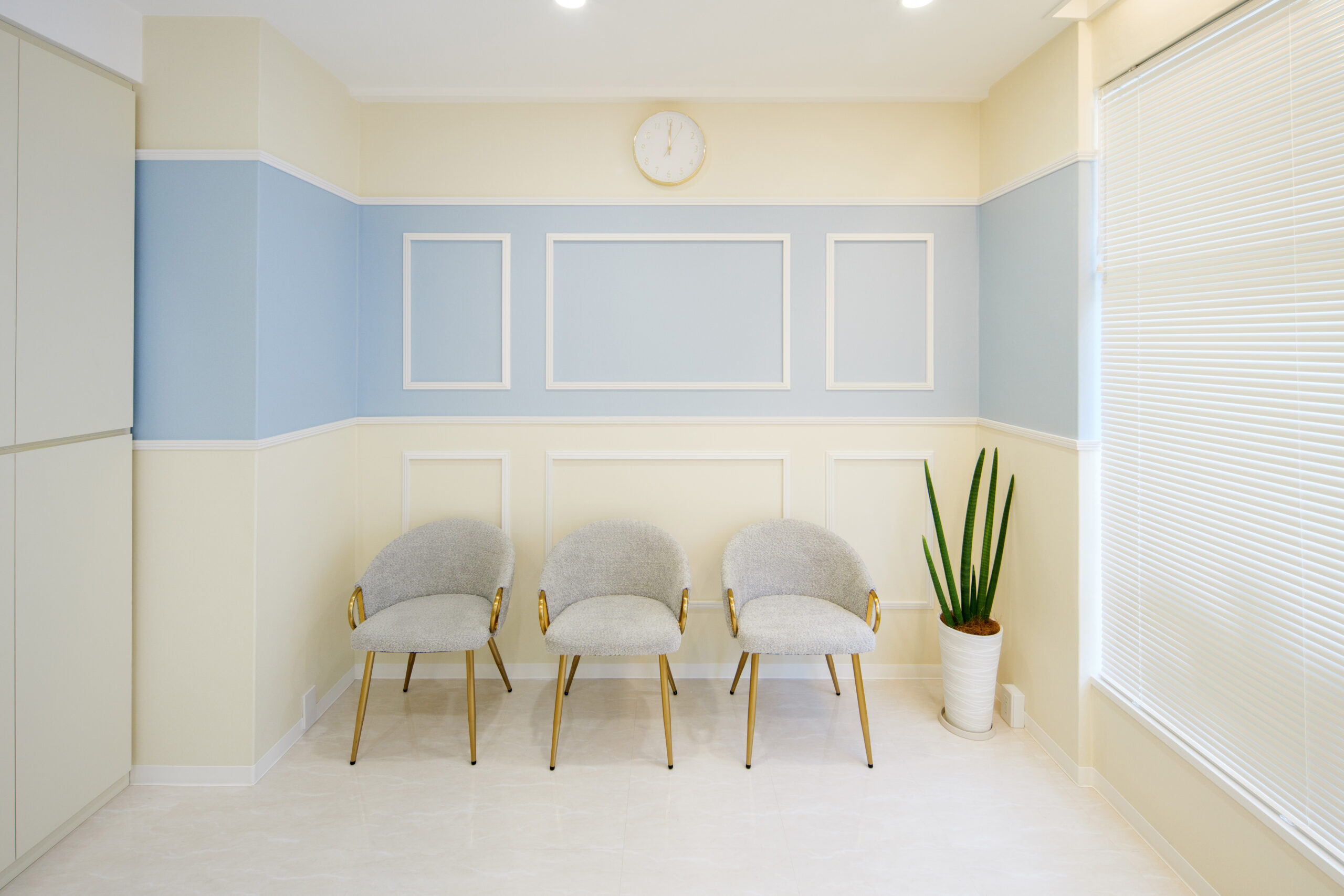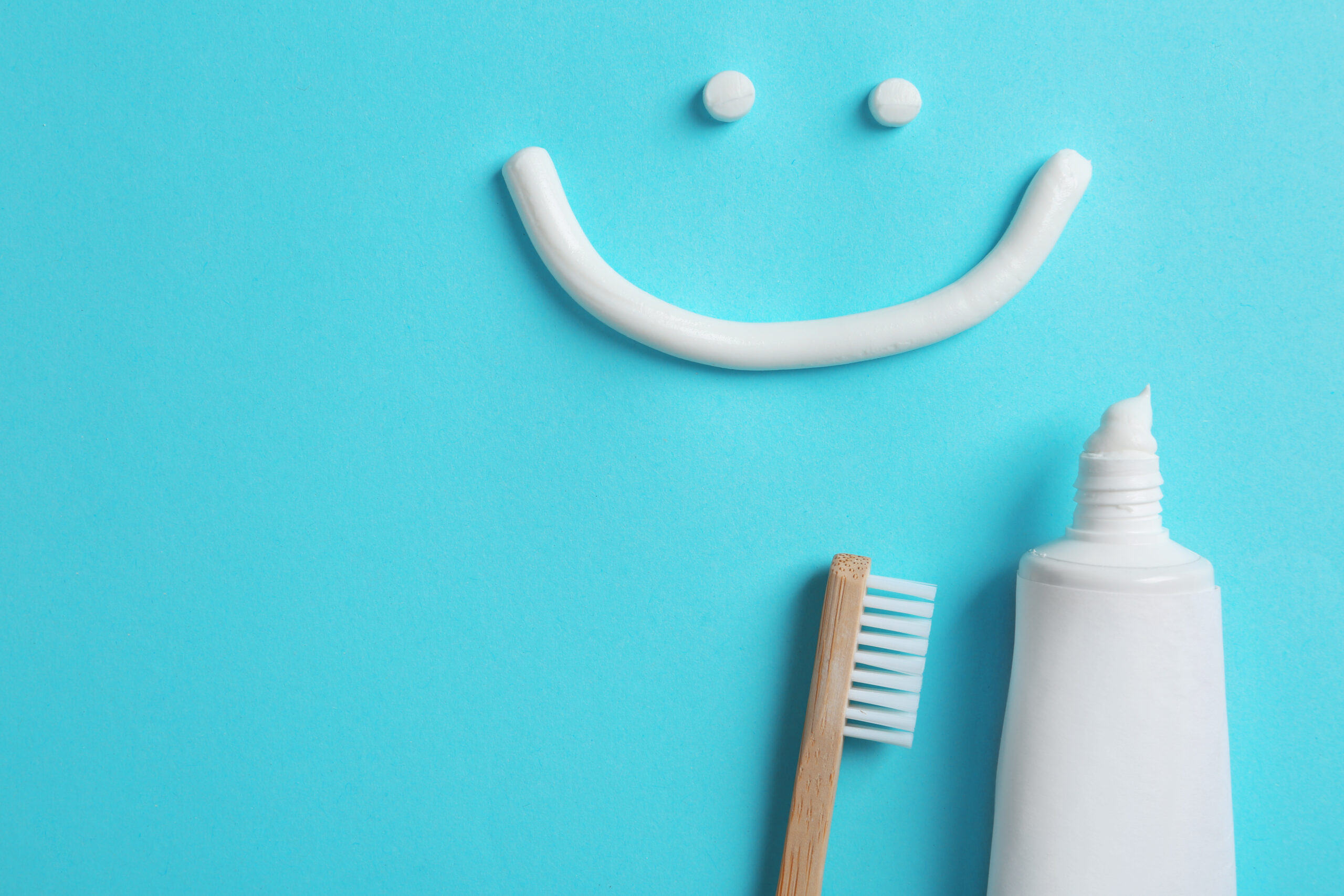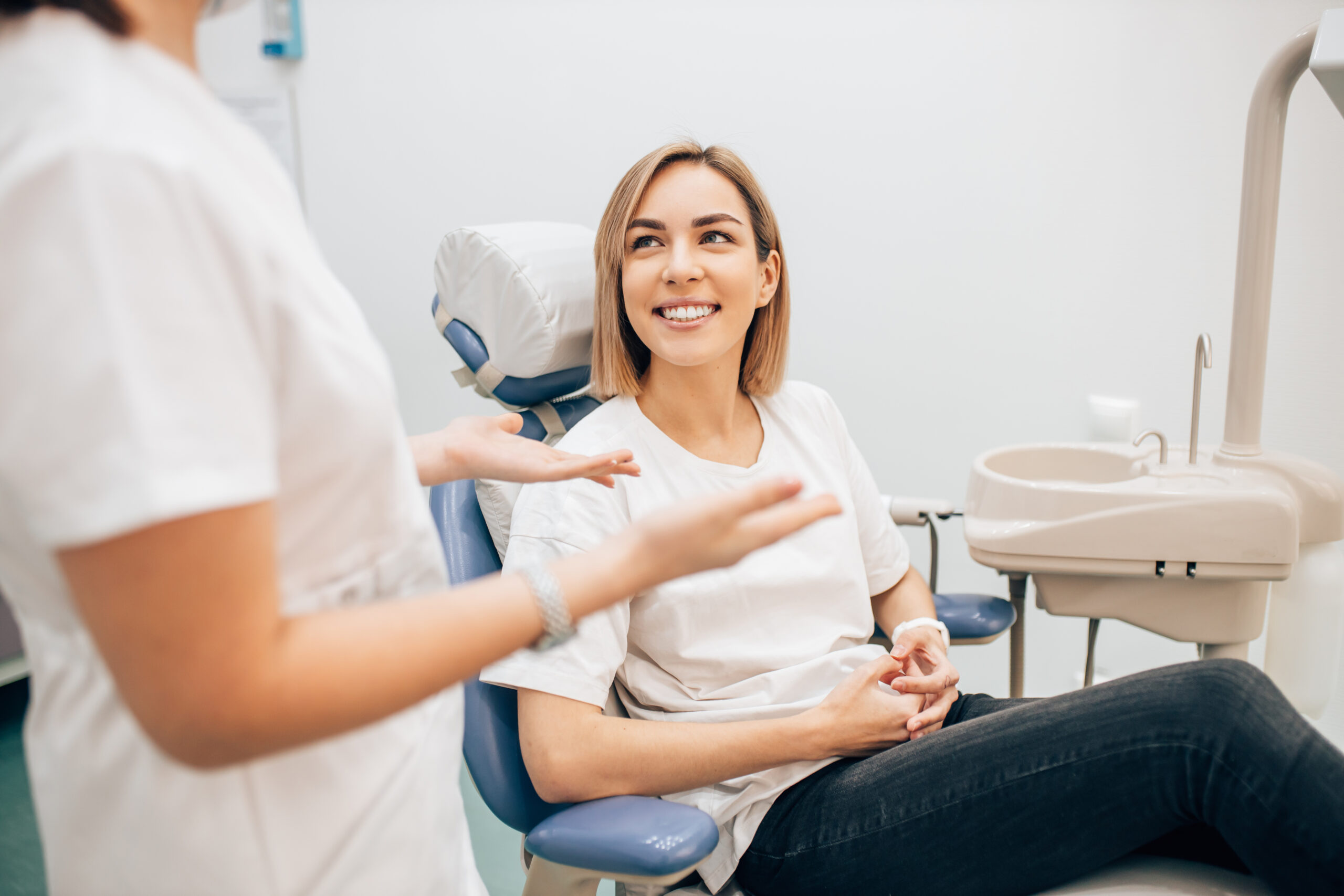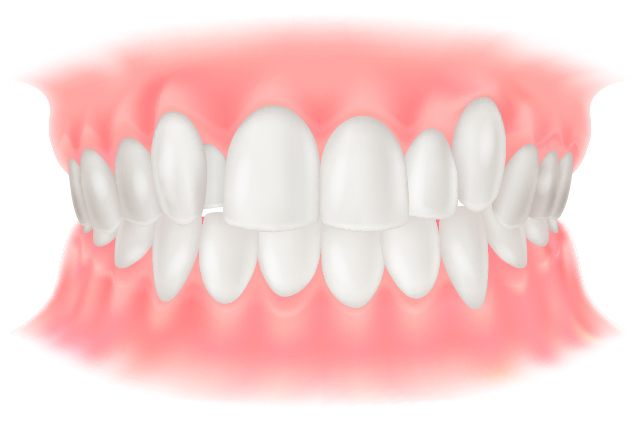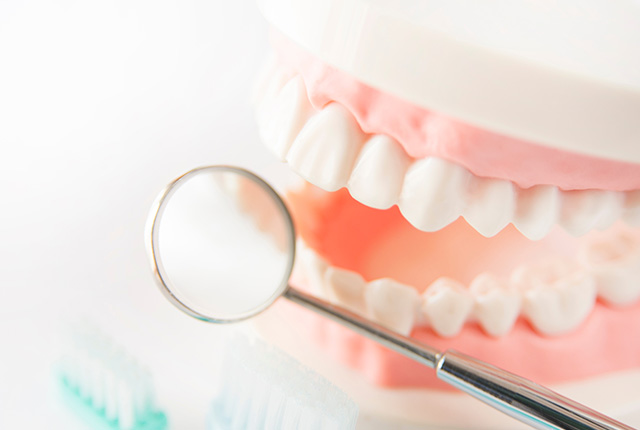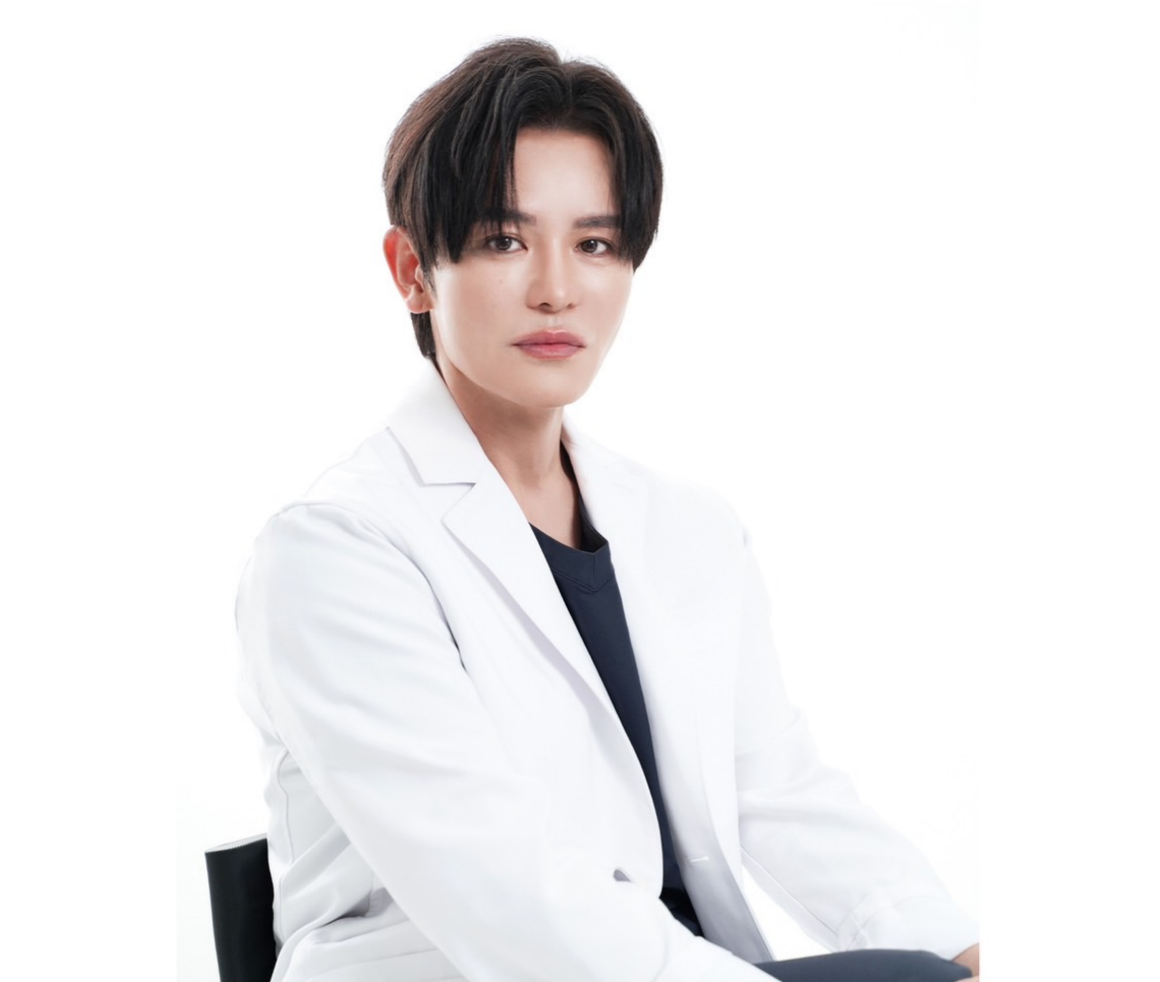2025年10月15日
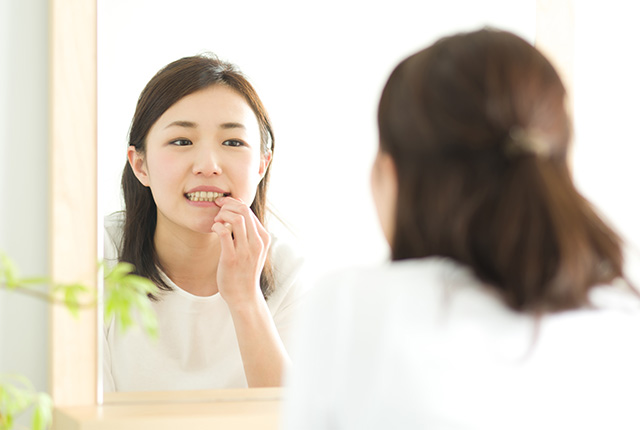
If you live in Tokyo — or even if you’re just visiting — there’s a good chance your camera roll is full of selfies from cafes, temples, and maybe Shibuya Crossing. But here’s a question: do you love your smile in those photos?
For many foreigners in Japan, whitening isn’t just about vanity — it’s about feeling confident when you talk, laugh, and meet new people. And if you’ve ever felt that your teeth could be a bit brighter, you’re definitely not alone.
Tokyo has become one of Asia’s hidden gems for professional teeth whitening. Clinics here use the same technology as in Los Angeles or London, but with Japanese precision, gentleness, and transparency. The best part? You can get visible results in one hour, even during your lunch break.
So let’s talk about what it’s like to get your teeth whitened in Shibuya — how it works, what it costs, and why it might be the best self-care decision you make this year.
Why whitening is so popular among foreigners in Japan
Walk through Shibuya on any weekday, and you’ll see countless cafes full of digital nomads, entrepreneurs, and creatives. Tokyo is filled with people from all over the world — people who care about their appearance, their confidence, and their personal brand.
In Japan, beauty has always been about subtlety — clean, natural, harmonious. A white, healthy-looking smile fits that aesthetic perfectly.
For foreigners, it’s also about presentation: interviews, meetings, dating, social media. A confident smile says “I’m comfortable in my skin.”
And because Japanese dental clinics are known for being clean, precise, and safe, whitening here is not just effective — it’s an experience.
“Is it really safe?” — The most common question
Yes, absolutely.
Professional whitening in Japan is strictly regulated. Clinics use medical-grade hydrogen peroxide gels, applied carefully by trained dentists or hygienists.
At Shibuya Ohno Dental & Orthodontic Clinic, for example, the treatment is done with Opalescence Boost — a well-known whitening system from the U.S. that delivers fast results without light activation. That means no UV lamps, no pain, no sensitivity.
You’ll sit back in a comfortable chair, the dentist applies the gel, and after about 45 minutes, you rinse — and your smile looks visibly brighter.
It’s that simple.
Many foreigners are surprised at how gentle the process feels. There’s no drilling, no discomfort, no harsh chemicals. Japanese clinics pride themselves on precision and care — they would rather whiten your teeth gradually and safely than rush results and risk irritation.
Whitening in Japan vs. whitening abroad
If you’ve had whitening before — maybe back home in the U.S., Australia, or Europe — you’ll notice a few key differences here in Japan.
First, Japanese clinics are extremely clean and quiet.
You won’t find loud background music or rushed appointments. Everything feels calm, organized, and private.
Second, communication is clearer than you might expect.
At English-speaking clinics in Shibuya, like ours, staff explain every step of the process in English: how strong the gel is, how long it stays on, what to avoid after.
Third, prices are actually lower than most Western countries.
A professional whitening session in Tokyo typically costs around ¥18,000 to ¥25,000, which is about $120–$160.
In New York or Sydney, that same session would cost triple.
You get world-class results, for less, in a comfortable and English-friendly setting.
“I only have a few days in Japan — can I still do it?”
Yes, absolutely.
That’s the beauty of modern whitening — it’s fast, and it doesn’t require multiple visits.
If you’re traveling, you can book a same-day appointment, get your whitening done in about an hour, and be ready for photos the same afternoon.
Some tourists even make it part of their itinerary — a kind of “Tokyo beauty experience,” right between sushi and shopping.
For expats and long-term residents, the flexibility is even better. Many do whitening every 6–12 months as part of their regular dental care routine.
How it actually works (without the scary science)
Here’s what happens step by step.
When you arrive, the staff will ask about your dental history — whether you’ve had fillings, veneers, or previous whitening. They’ll then apply a mild protective gel to your gums, so the whitening solution only touches the enamel.
The dentist carefully applies the whitening gel on each tooth surface and lets it sit for a few short cycles, refreshing it as needed.
During this time, you can relax, listen to music, or even scroll through your phone.
After about 45–60 minutes, you’ll rinse, look in the mirror — and see your teeth up to several shades whiter.
It’s subtle but noticeable.
Your smile still looks natural, just cleaner and fresher.
And there’s no downtime. You can go straight back to work, lunch, or sightseeing.
What to avoid after whitening
Right after whitening, your enamel is temporarily more porous — meaning it can absorb color from foods more easily.
For 24 hours, avoid dark-colored foods and drinks like coffee, tea, wine, curry, soy sauce, or cola.
That doesn’t mean you have to starve — white rice, bread, yogurt, salad, fish, or clear soups are all safe choices.
Think of it as a “white diet” for one day — your reward is a lasting brightness.
The clinic will give you aftercare instructions in English, so you’ll know exactly what’s okay and what’s not.
Whitening for sensitive teeth — yes, it’s possible
If you’ve avoided whitening because of tooth sensitivity, Japan’s dental technology might surprise you.
Modern gels contain fluoride and potassium nitrate to help block pain signals, so even people with sensitive teeth can whiten comfortably.
At Shibuya Ohno Dental, the dentist can adjust the gel strength depending on your enamel condition.
For first-timers, they usually start with a milder concentration, then build up in later sessions if needed.
Many patients say, “I thought my teeth were too sensitive, but it was totally fine.”
It’s one of the biggest misconceptions about whitening — it doesn’t have to hurt.
The emotional side of whitening — it’s not just cosmetic
Here’s the thing about whitening: it’s not just about looks.
It’s about confidence.
When you brighten your teeth, you also brighten how you feel about yourself. You smile more, you speak more openly, and you stop worrying about how your teeth look in photos.
One of our expat patients said it perfectly:
“After whitening, I started smiling in photos again. I didn’t realize how much I’d been hiding my teeth before.”
That’s why many people in creative industries — models, teachers, entrepreneurs, and even content creators — make whitening part of their self-care routine.
It’s quick, painless, and the result is instant confidence.
What about home whitening kits?
You might see whitening kits sold in drugstores or online in Japan — but be careful.
Over-the-counter gels in Japan are much weaker than what a dentist can use.
That’s because medical-strength whitening agents are only allowed in licensed dental offices.
So while those DIY kits might give a tiny improvement, they can’t match the professional results.
And if you already have fillings or crowns, you risk uneven color or irritation.
In short: for real, safe whitening — go professional. It’s still affordable here, and the results last longer.
Why Shibuya is the perfect place for whitening
Shibuya is not just convenient — it’s symbolic.
It’s where beauty, fashion, and innovation meet. The neighborhood has energy, style, and that forward-thinking Tokyo vibe.
Getting your whitening done here feels like part of the lifestyle — modern, smart, and confident.
Shibuya Ohno Dental & Orthodontic Clinic sits right in the center of it all — just two minutes from the station, near cafes and shops.
You can literally book an appointment after lunch, step in, relax for an hour, and walk out glowing.
And because the clinic is used to international patients, you’ll never feel out of place. Everything — from explanations to billing — is done in fluent English.
Real stories from international patients
We’ve had travelers from Singapore, Australia, France, and even Brazil tell us the same thing:
“I wish I had done this sooner.”
One tourist came right before her friend’s wedding photos in Kyoto. She had her whitening session in Shibuya, took the Shinkansen the next morning, and told us later that her smile in the pictures looked completely different.
Another patient, a British teacher living in Tokyo, said whitening became part of her “seasonal refresh.” Every spring, she books a session and calls it her “new-year reset for my smile.”
It’s small, but it changes how you feel every day.
Whitening and self-care in Japan
Japanese culture values self-discipline and care — from skincare routines to seasonal checkups.
Whitening fits perfectly into that mindset. It’s not flashy; it’s clean, calm, and precise.
You don’t need to be a model or influencer to want whiter teeth. You just need to care about how you present yourself — and in Japan, that’s considered good manners.
So if you’re already visiting Tokyo for food, culture, or relaxation, adding a dental whitening session is like giving your confidence a quiet upgrade.
Final thoughts — your smile is your signature
At the end of the day, whitening isn’t about perfection.
It’s about alignment — between how you feel and how you look.
Japan’s approach to beauty has always been about harmony, and that applies to dentistry too.
A bright, natural-looking smile can completely change how people see you — and how you see yourself.
If you’ve been hesitating because you thought it would hurt, take too long, or be too expensive, let this be your sign.
Book that session.
You’ll walk out not just with whiter teeth, but with lighter energy.
 Shibuya Ohno Dental & Orthodontic Clinic
Shibuya Ohno Dental & Orthodontic Clinic
English-speaking dentists in central Tokyo
2 minutes from Shibuya Station (East Exit)



